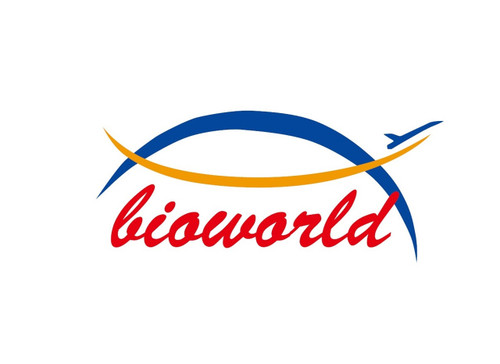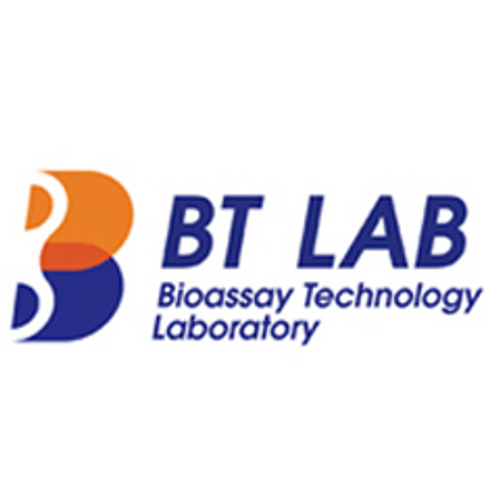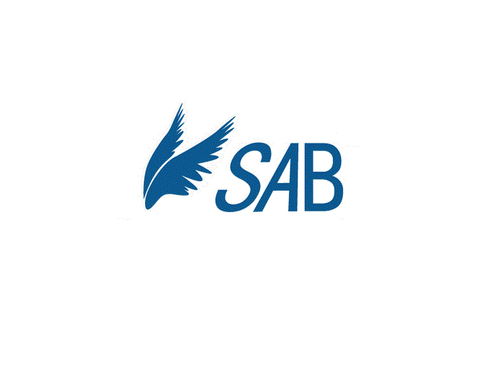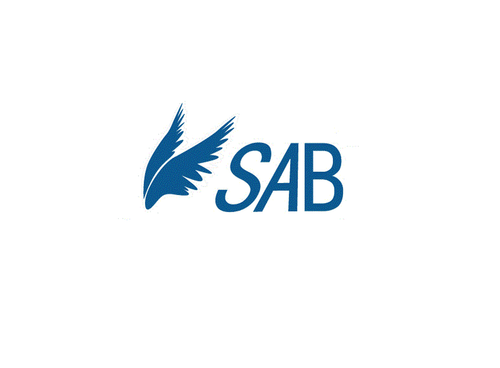Product Description
MEK1/2 (phospho-S222/226) polyclonal Antibody | BS4734 | Bioworld
Host: Rabbit
Reactivity: Human,Mouse,Rat
Application: IHC
Application Range: IHC: 1:50~1:200
Background: MEK1 (Mitogen activated protein kinase kinase 1) catalyzes the concomitant phosphorylation of a threonine and a tyrosine residue in a Thr-Glu-Tyr sequence located in MAP kinases. MEK1 activates ERK1 and ERK2 MAP kinases. Mitogen activated protein kinase kinase 2 (MEK2 or MAPKK2) is a member of a family of tyrosine/threonine protein kinases that activate the ERK1 and 2 and MAPK enzymes by phosphorylating both residues within the threonine/glutamate/tyrosine (TEY) motif in the activation loop. MEK1 and 2 are also activated by dual phosphorylation, which occurs on serine 218 and 222, in the activation loop of the MEK. Threonine 292 of MEK1 is phosphorylated by ERK 2, which serves as a negative feedback loop by suppressing activation of MEK1.
Storage & Stability: Store at 4°C short term. Aliquot and store at -20°C long term. Avoid freeze-thaw cycles.
Specificity: p-MEK1/2 (S222/226) polyclonal Antibody detects endogenous levels of MEK-1 protein only when phosphorylated at Ser222. This Antibody also detects endogenous levels of MEK-2 protein only when phosphorylated at Thr226.
Molecular Weight: ~ 43 kDa
Note: For research use only, not for use in diagnostic procedure.
Alternative Names: Dual specificity mitogen-activated protein kinase kinase 1; MAP kinase kinase 1; MAPKK 1; MKK1; ERK activator kinase 1; MAPK/ERK kinase 1; MEK 1; MAP2K1; MEK-1; PRKMK1; Dual specificity mitogen-activated protein kinase kinase 2; MAP kinase kinase 2; MAPKK 2; ERK activator kinase 2; MAPK/ERK kinase 2; MEK 2; MAP2K2; MEK-2; MKK2; PRKMK2
Immunogen: Synthetic phosphopeptide derived from human MEK1 around the phosphorylation site of Serine 222.
Conjugate: Unconjugated
Modification: Phosphorylation
Purification & Purity: The Antibody was affinity-purified from rabbit antiserum by affinity-chromatography using epitope-specific immunogen and the purity is > 95% (by SDS-PAGE) .
Pathway: NF-kB Signaling,STING Signaling,
 Euro
Euro
 USD
USD
 British Pound
British Pound
 NULL
NULL





![Phospho-MEK1 (S222) Antibody [APR05214G] Phospho-MEK1 (S222) Antibody [APR05214G]](https://cdn11.bigcommerce.com/s-452hpg8iuh/images/stencil/500x659/products/867073/1159140/logo__92149.1659788186__76682.1659863487.png?c=2)


